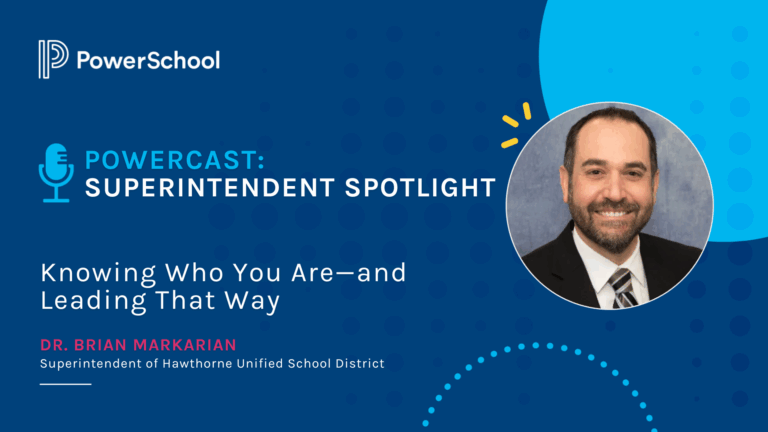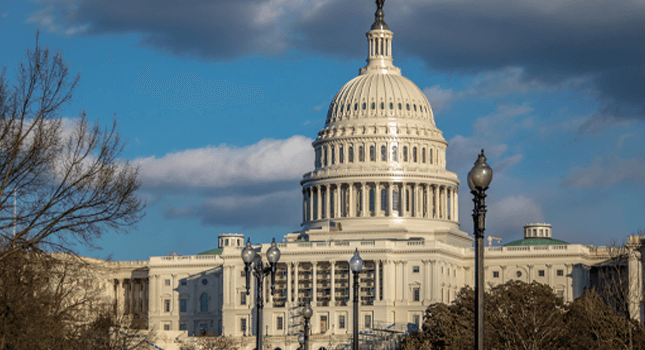This resource is provided by ACSA Partner4Purpose Right At School. It was written by Dr. Dawn Bridges, Vice President of Educational Affairs, Right At School.
It’s no secret that the past three years have been extremely challenging for students, parents, teachers, and administrators. As we look at where we have been and where we are headed, courageous leadership has never been more important.
The ever-changing education landscape
The education landscape is affected by a variety of factors, both inside and outside of the field. As the country has become more polarized, education decisions that should be apolitical have become political hot potatoes — and many district and school leaders are under siege.
Most parents and community members mean well. They only want what’s best for their children. Yet, some believe that because they attended school, they know how to “do” school better than experienced educational professionals.
Here in the United States, the education profession is no longer respected as much as it is in other countries. We are in crisis. Pandemic-related learning setbacks and teacher shortages have made already demanding jobs even harder.
Overcoming these challenges will require courageous leadership. Courageous leadership means standing up and doing what’s right for students, even when those decisions or actions aren’t popular.
It is not easy work. It’s not perfect work. But it’s important work because every decision we make impacts our children and their futures.
What does courageous leadership look like?
Courageous leadership requires leading with one’s head and heart. It requires empathy, authenticity, vulnerability, resilience, and a commitment to a shared purpose.
To provide the best education for students, courageous leaders must find ways to get all of their stakeholders onto the same bus so everyone is heading in the same direction and on the same schedule. If individuals in our schools or communities don’t like their seat on the bus or the route to the stated destination, those issues can be addressed calmly, collaboratively, and respectfully. But the bus must continue moving forward to get our children where they need to go so they can be successful in school and beyond.
In my travels around the country over the last year, I have heard more than one district leader say, “I’m so happy to be retiring. Now I can be the leader I’ve always wanted to be.” Why weren’t they able to do so before? In these tumultuous times, leaders are increasingly being subjected to an onslaught of attacks and losing their jobs over politics, not facts.
When everything becomes politicized, the focus shifts away from children and to adults. To move the focus back to our students, courageous leaders need all the support they can get.
How to find support
Here are a few ways to find that support.
1. Build a network. Although being a leader can feel lonely and isolating at times, it doesn’t have to be. Are there other leaders whose schools and student populations are similar to your own? For example, a K-8 district and a high school district or another district in the same region may have common constituents with similar challenges (and solutions!). Reach out to peers. Find out what their issues are, and what has or hasn’t worked for them. Brainstorm. Collaborate. Commiserate. Remember that you are not alone.
2. Connect with a community of colleagues. Professional organizations provide ready-made networks to support educational leaders. They offer a safe place to discuss challenging or controversial topics. They provide access to research and resources to support leaders and the communities they serve.
For example, AASA, The School Superintendents Association, offers access to an online community with a peer-to-peer collaboration tool. AASA’s “Live well. Lead well.” site features tips, tools, and resources to support the well-being of superintendents. “Live well. Lead well.” is also the theme of the 2023 National Conference on Education, Feb. 16-18 in San Antonio, Texas.
In addition, AASA’s Learning 2025 Commission is proactively working with districts to find practical ways to safely and equitably prepare all students for a workplace and society for the future.
3. Take an all-hands-on-deck approach. Trusted district and school partners such as Right At School often have specialized expertise and hands-on experience that can benefit educational leaders as they develop and fine-tune their strategic plans. These partners can offer valuable insights and ideas gleaned from working with other districts and schools around the state or across the country.
4. Educate and engage parents. Many parents have the best intentions but don’t always know the best ways to help or advocate for their children’s education. Creating a common language — especially around sensitive topics such as school safety or the benefits of social-emotional learning — can help improve transparency and prevent misunderstandings. Also, providing concrete ways for parents to become meaningfully involved in reaching strategic goals makes it easier for them to climb onto the bus instead of standing in front of it.
Creating momentum
When educational leaders are courageous, that courage is contagious. The impossible suddenly becomes possible for other leaders who are watching and learning.
Although it may feel lonely at the top, none of us is ever alone in education. By supporting each other, we can provide the best education for our students and the workforce of the future.





























